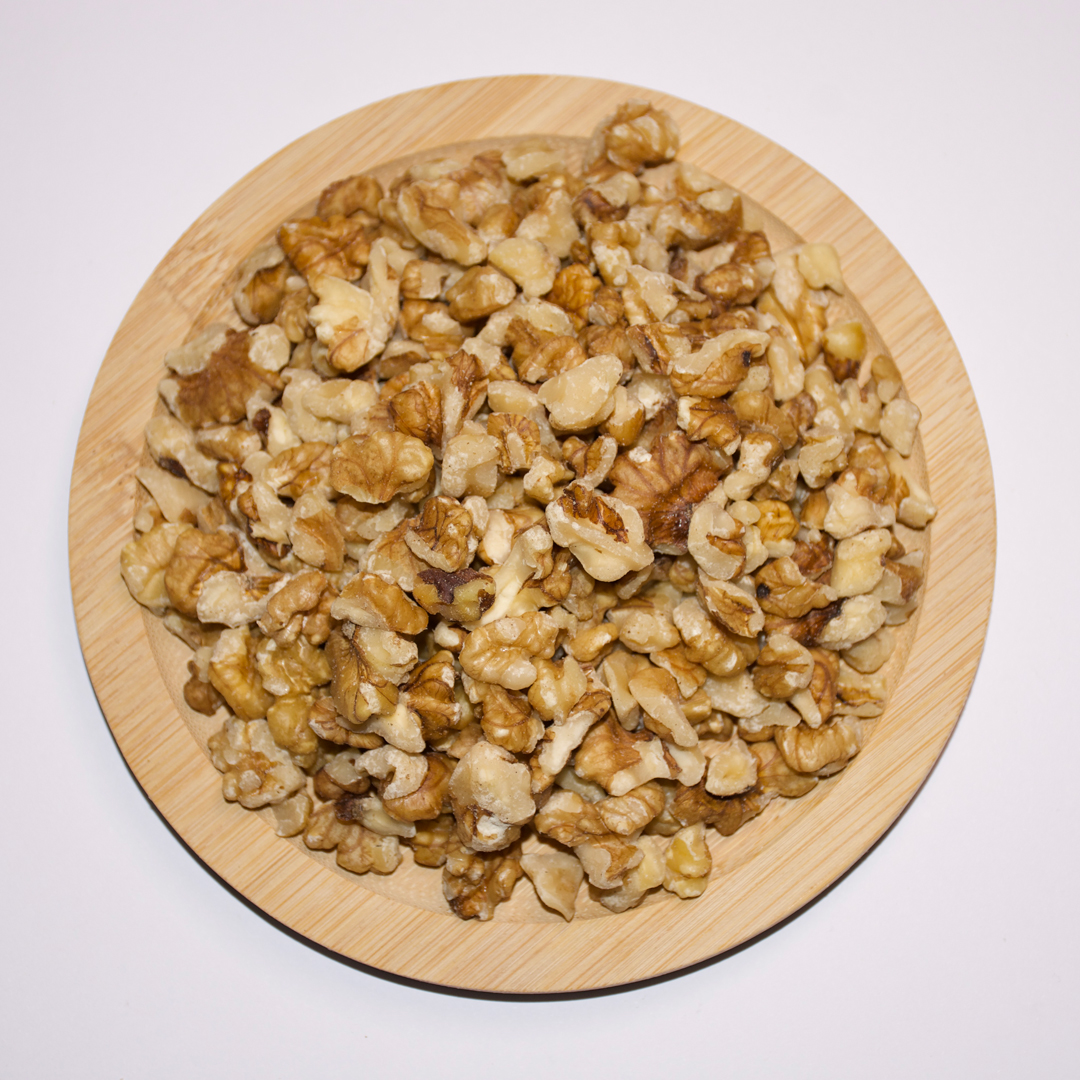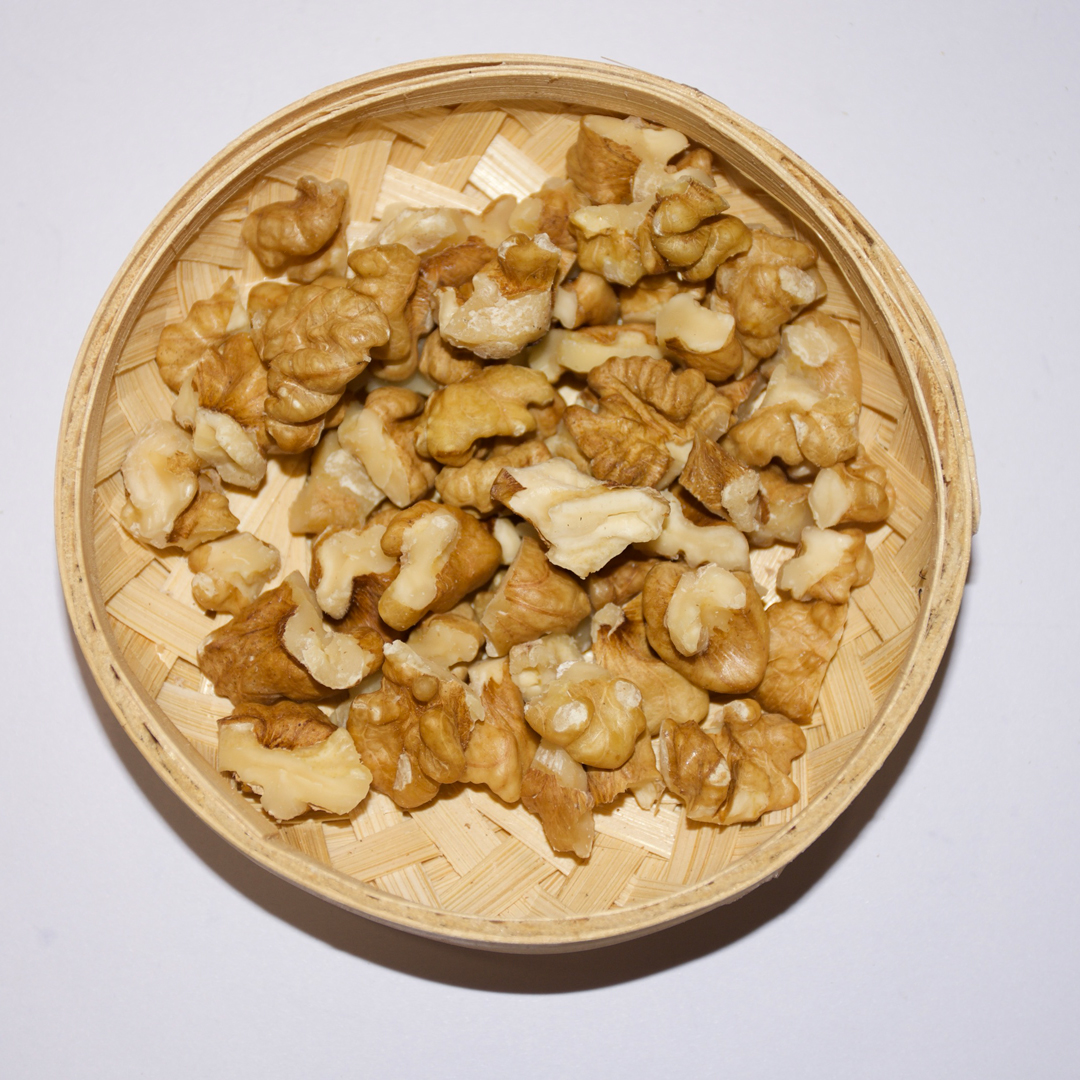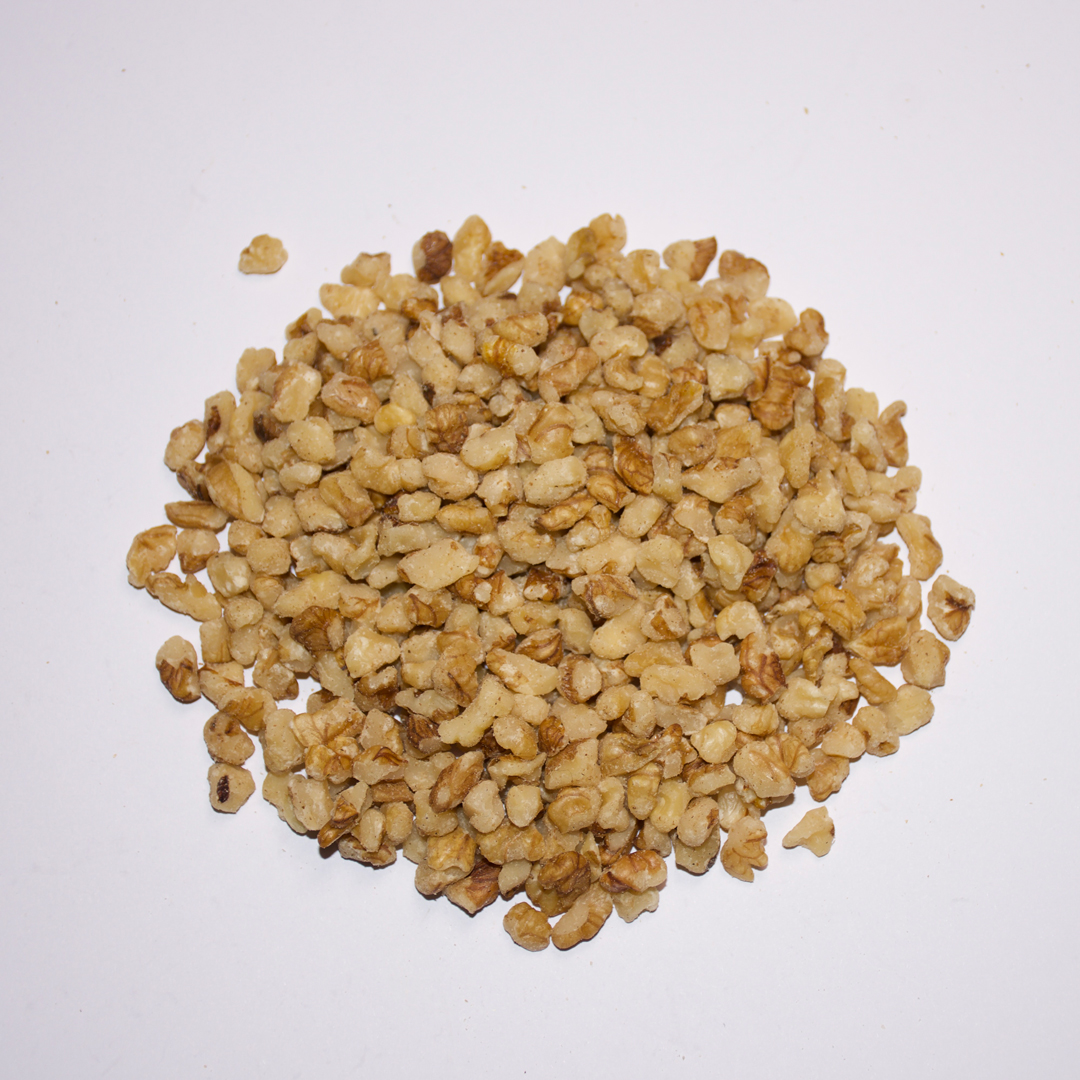
Walnut Wood
Walnut is a tree whose history has millennia.
From seed to mighty wood
Walnut is not just a delicious nut hidden in the shell. This is a tree that can achieve significant sizes, decorate the landscape and give us a valuable crop. A tree, in order to grow, needs sunlight, good soil and, of course, patience. A small seed planted in the ground gradually sprouts, turning into a delicate tree, and over time - into a mighty tree with a spreading crown. In nature, you can find both small shrub forms and tall, slender trees, reaching a height of 20-30 meters. The foliage of walnut, green and silky, creates a pleasant shadow in the summer heat.
Unique features of walnut
A distinctive feature of walnut is its unusual shape of the fruits - nuts. A solid shell reliably protects a delicious and healthy core. But the trunk itself and the branches are covered with a bark with a characteristic pattern, which is unique for each tree. Walnut is also valued for its healing properties. It is rich in vitamins and minerals that positively affect human health. The aroma of walnut flowers, revealing in the spring, spills in the vicinity, recalling the beginning of a new life and the awakening of nature.
Meaning for humans
Walnut is a valuable plant not only in terms of beauty and beneficial properties. People have long been using his nuts in food, and also find the use of wood for the manufacture of furniture and various crafts. From ancient times, walnuts have been valued for rich composition and taste, and is considered a real source of energy. And even today, observing the majestic walnut tree, we can feel its deep connection with history and culture, with care of nature. His beauty and beneficial properties do not leave us indifferent. A unique taste, aroma and beneficial properties made walnuts with an indispensable food product.
AppropriateProducts
Corresponding products
The best soldproducts
The best -selling products-
 Peelled walnuts
Peelled walnuts -
 Half of the nuclei of walnut nucleus is a normal light color
Half of the nuclei of walnut nucleus is a normal light color -
 Normal light color of 185 halves of walnut nuclei
Normal light color of 185 halves of walnut nuclei -
 Walnuted fruits of walnut xin2
Walnuted fruits of walnut xin2 -
 Gilt nuts of light amber
Gilt nuts of light amber -
 8-18 mm crushed walnut nuclei in the north
8-18 mm crushed walnut nuclei in the north -
 Squeezing 33 walnuts
Squeezing 33 walnuts -
 Xingfu light -colored walnut nuclei mixed from halves and quarters
Xingfu light -colored walnut nuclei mixed from halves and quarters -
 8-18 mm chopped nuclei 185 walnuts
8-18 mm chopped nuclei 185 walnuts -
 White tetrahedral core of walnut
White tetrahedral core of walnut -
 Normal light color Xin2 of walnut nucleus the size of a quarter
Normal light color Xin2 of walnut nucleus the size of a quarter -
 Gredgly nuclei of light -colored xin2, mixed from halves and quarters
Gredgly nuclei of light -colored xin2, mixed from halves and quarters
Connectedsearch
Related search- peeled nucleus of walnut
- Cheap manufacturer of the nutritional value of walnut fruits
- Sinji walnut suppliers
- Factories replacing 185 walnuts
- Sinfan Jianbai Tou Road processing plant processing plant.
- Manufacturers new Erpu Whitehead Road walnut nucleus
- rudder
- Suppliers of colored walnuts
- Processing of new unwashed walnut nuclei
- Cheap price of chicken with walnut cheese












